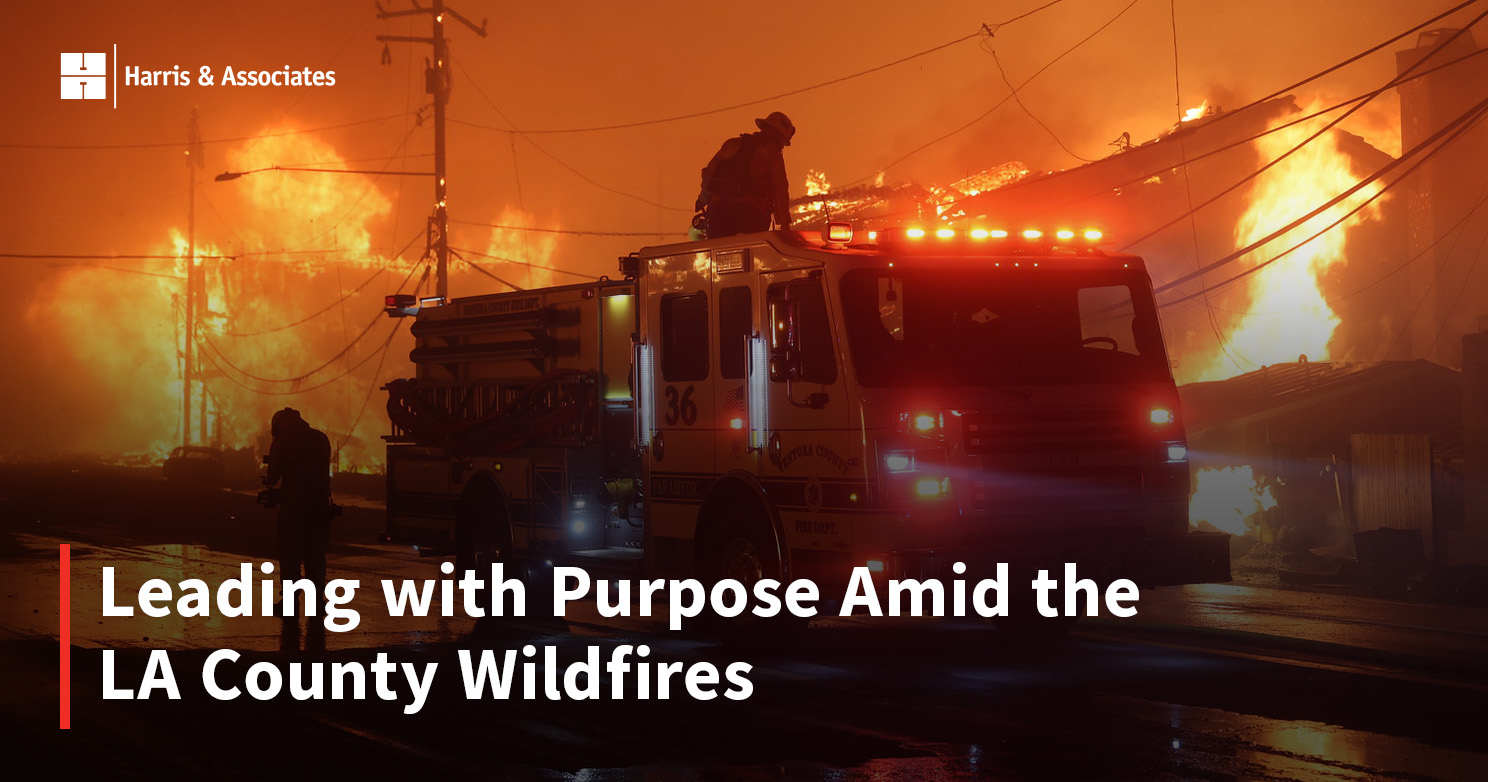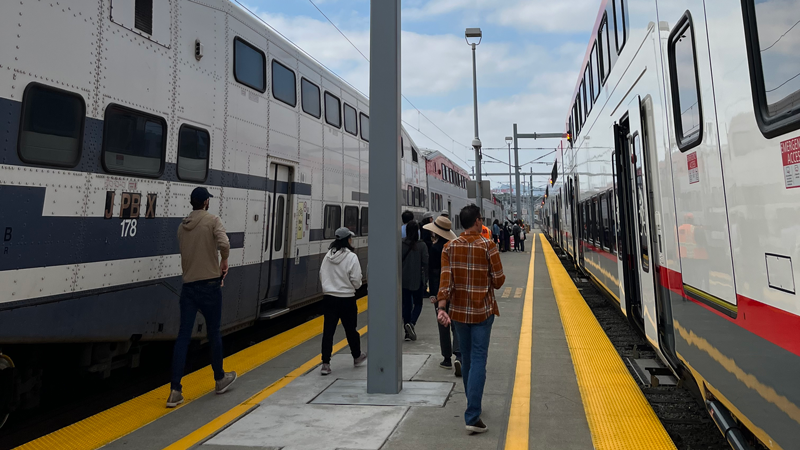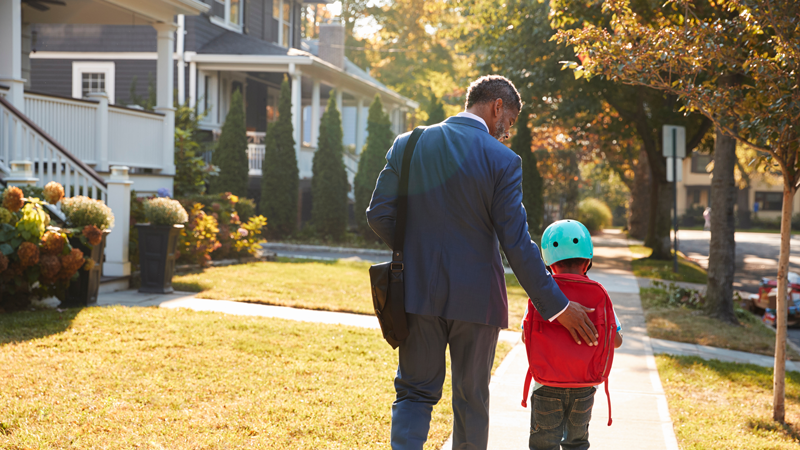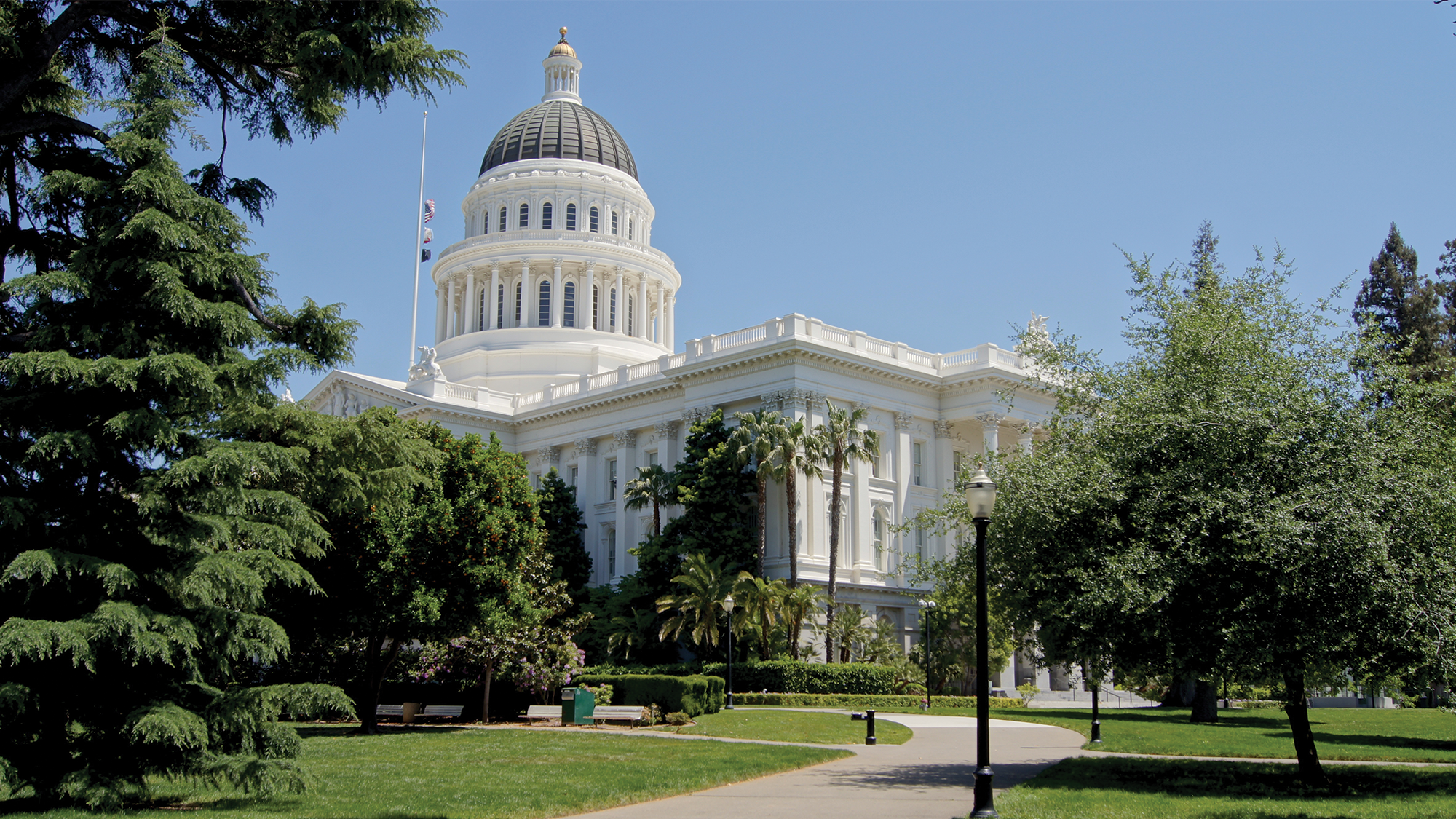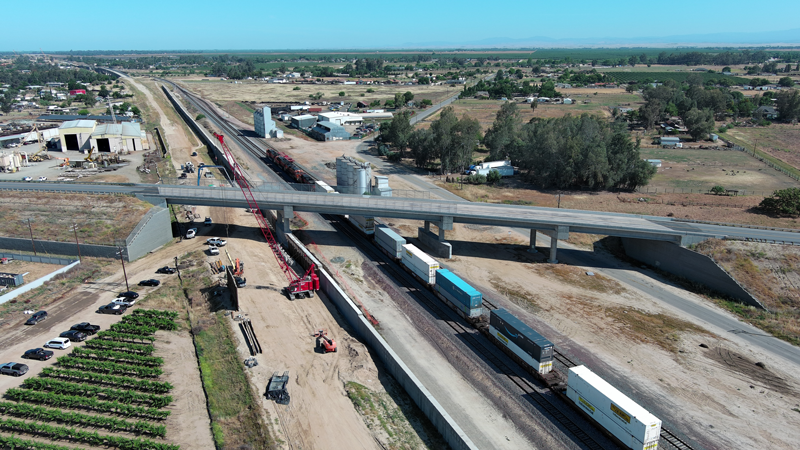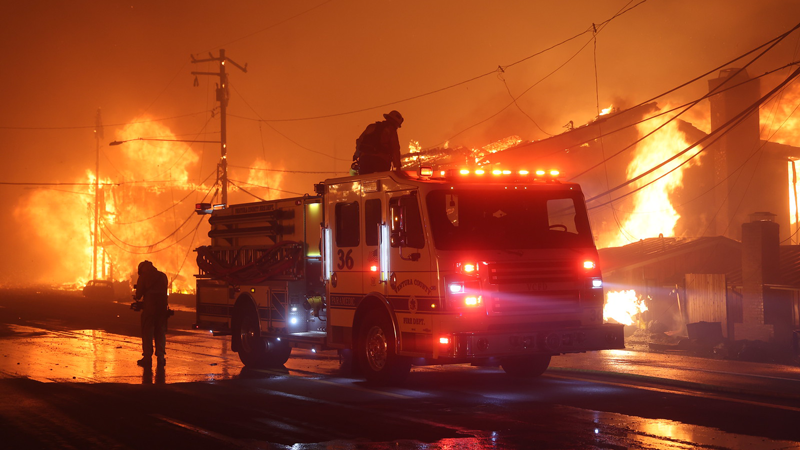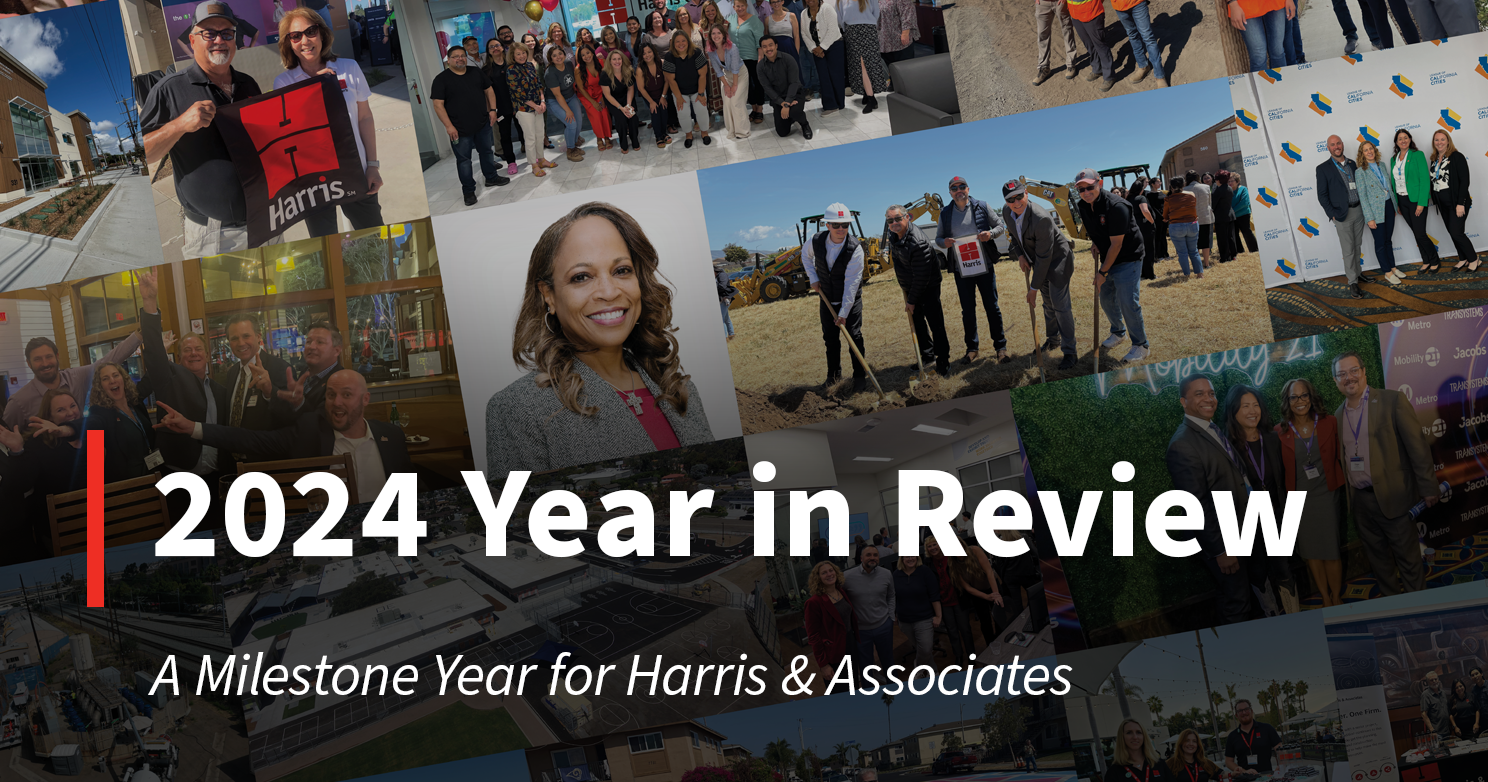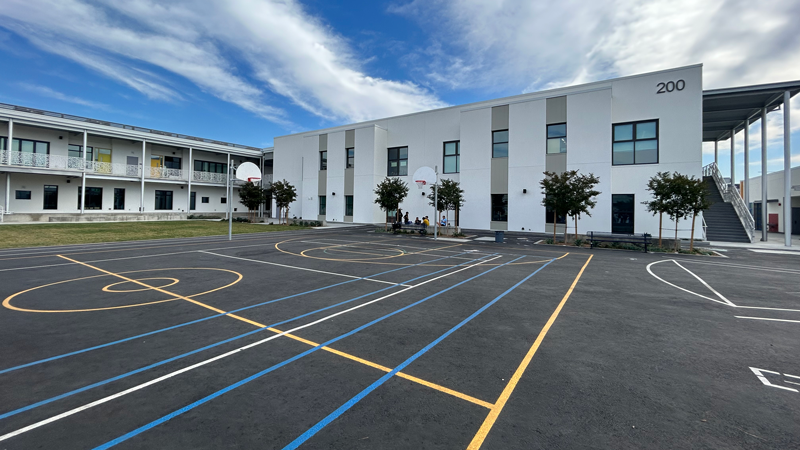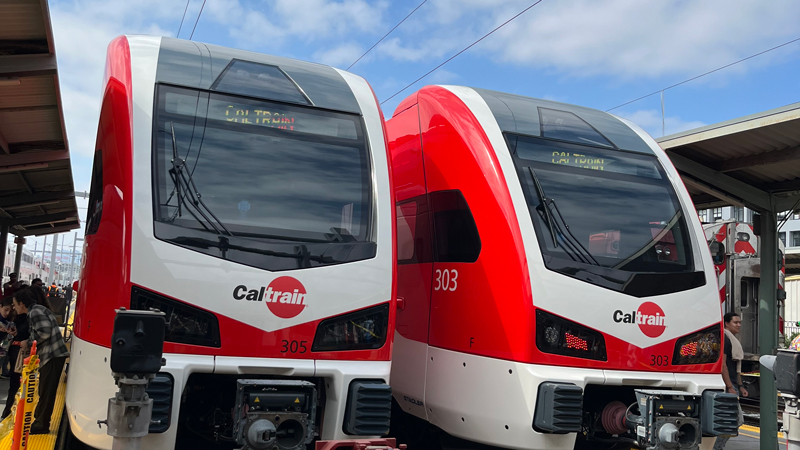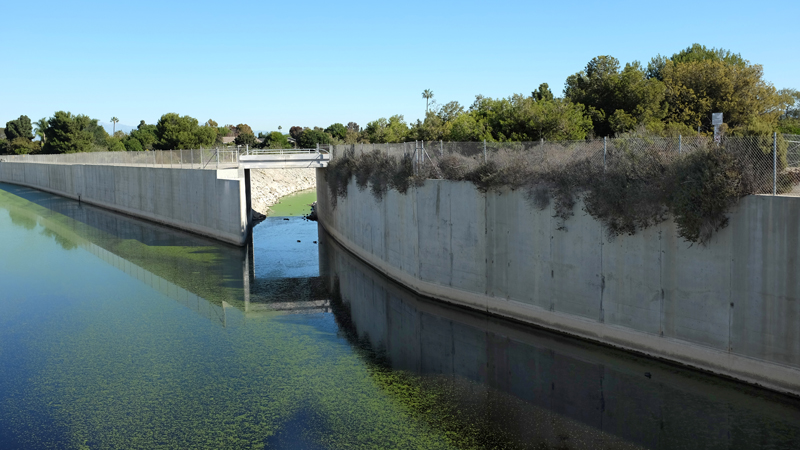10.1 minute read
April 03, 2025
The Palisades and Eaton Fires
At 10:30 a.m. on Tuesday, January 7, 2025, the Palisades Fire ignited in the Pacific Palisades. What began as a 10-acre fire rapidly expanded to 1,262 acres by 3:30 p.m. Meanwhile, at 6:18 p.m. in the unincorporated community of Altadena, the Eaton Fire broke out. Evacuations for residents and schools were promptly enforced as 80-mile-per-hour wind gusts fueled the flames in both areas, causing the fires to spread quickly.
The fires did not achieve 100 percent containment until January 31, 2025—24 days after their initial burns. By the time containment was reached, the fires had attributed to at least 29 deaths and destroyed over 16,000 structures, displacing about 150,000 residents.
What Now?
Residents have sifted through the rubble, and now, nearly 2 months after the fires were fully contained, they face the challenge of navigating the rebuilding process for their homes and businesses.
What Entities are Involved in the Rebuild?
The recovery efforts involve various levels of government, including federal, state, and local authorities. These agencies are working together to manage the response to the fires and coordinate recovery and rebuilding efforts. Below is an overview of the key jurisdictions involved.
Federal Jurisdictions
- Federal Emergency Management Agency (FEMA): FEMA is playing a central role in the Palisades and Eaton Fires disaster relief efforts, providing financial assistance, grants, and support to individuals and local governments affected by the fires. They have assisted with temporary housing, debris removal, and rebuilding efforts. FEMA and its federal partners have made more than $2 billion available to survivors of the fires. A total of 31,941 households have been approved for FEMA funds, which include:
- $24,316,400 in housing assistance for short-term rental and home repair costs.
- $76,431,025 in other essential disaster-related needs, such as expenses related to medical and dental care and lost personal possessions.
- U.S. Army Corps of Engineers (USACE): In response to the devastation caused by the fires, the USACE is leading one of the largest and most complex debris removal operations in its history. The agency is working toward the goal of clearing all fire-damaged properties by January 6, 2026. To date, the USACE has received 3,770 right-of-entry authorizations from homeowners, all of which are actively being processed by 121 teams. So far, 248 lots have been fully cleared and processed.
State Jurisdictions
- California Governor’s Office: The California Governor’s Office is playing a crucial role in leading the rebuilding effort by coordinating state-level recovery initiatives and ensuring effective resource allocation. Key responsibilities include managing state emergency responses and disaster declarations, coordinating with state agencies, supporting legislation, communicating with the public, and engaging in long-term planning. The executive orders signed by California Governor Gavin Newsom are discussed below.
- California Department of Forestry and Fire Protection (CAL FIRE): While the fires were actively burning, CAL FIRE oversaw the fire suppression efforts and provided resources to manage the fires and prevent further spread. Currently, they are providing resources including damage assessment, incident photographs, incident demographics for both the Eaton Fire and the Palisades Fire, and Fire Structure Status maps for both the Eaton Fire and the Palisades Fire.
- California Governor’s Office of Emergency Services (Cal OES): Cal OES is coordinating state-level emergency management and recovery efforts, collaborating with local governments to ensure that resources are allocated for response and recovery operations.
Local Jurisdictions
- County of Los Angeles (Eaton and Palisades Fires): The County started the LA County Recovers effort. The LA County Recovers website serves as a one-stop shop for residents to navigate the rebuilding process. Resources include debris removal resources, rebuilding resources, One-Stop Rebuilding Center information, recovery resources, and key deadlines for residents and business owners to meet for additional assistance.
- City of Los Angeles (Palisades Fire):
- City of Los Angeles Emergency Management Department: This City of Los Angeles department serves as a comprehensive resource for residents, providing information on accessing their homes or businesses, debris removal, important deadlines, rebuilding resources, assistance for individuals and families, physical and mental health resources, and reporting price gouging.
- City of Los Angeles Mayor’s Office: Mayor Karen Bass has been involved in coordinating City-level efforts, including issuing emergency executive orders to expedite the rebuilding process in fire-affected neighborhoods like the Pacific Palisades. She established centralized One-Stop Rebuilding Center to provide residents with a streamlined path for obtaining necessary permits for rebuilding. These centers aim to simplify the process, eliminate bureaucratic delays, and support residents in returning to their homes as quickly as possible.
- City of Malibu (Palisades Fire): The City of Malibu outlines the steps to rebuilding on the Malibu Rebuilds website. The following steps are applicable for residents looking to rebuild:
- The City emphasizes that residents should first verify if they qualify for aid and apply accordingly.
- Residents should begin by confirming that their residence is within the City of Malibu limits and scheduling a rebuild appointment at the Rebuild Center located at 23805 Stuart Ranch Road, Suite 240.
- At the Rebuild Center appointment, residents will choose a rebuild option, which depending on the level of consistency (i.e., like-for-like; like-for-like +10 percent, and over 10 percent expansion) with their original residence, will require more or less permitting and review.
- After these initial steps, residents will select building design professionals.
- Residents will then proceed with the site verification process to ensure that the rebuild option can be accommodated on site.
- Residents will then submit architectural plans for review and approval.
- Then, residents will prepare for the building plan check submittal.
- The final step will be for residents to request an inspection.
- City of Pasadena (Eaton Fire): The City of Pasadena created an Eaton Fire Disaster Recovery webpage with resources and information for response efforts related to the Eaton Fire, including fire, water, and repopulation maps. This webpage also provides a virtual consultation source with appointments available Monday through Thursday from 9:00 a.m. to 12:00 p.m. and 1:30 p.m. to 5:00 p.m., excluding holidays. Additionally, there are preparation materials for the consultation and an online application portal for permits.
Executive Orders
In response to the fires, Governor Newsom and Mayor Bass implemented measures to expedite rebuilding efforts by streamlining the requirements of the California Environmental Quality Act (CEQA) and the California Coastal Act (CCA). These actions aim to facilitate the rapid reconstruction of homes and businesses affected by the fires. Relevant actions for streamlining the rebuilding process are outlined below.
California Governor Gavin Newsom
Executive Order N-4-25, issued on January 12, 2025, suspends CEQA and the CCA to facilitate quicker redevelopment, provided the rebuild occurs in substantially the same location and does not exceed 110 percent of the original size.
Executive Order N-14-25, issued on January 27, 2025, ensures a swifter rebuilding process by directing the California Coastal Commission to avoid specific interferences. The commission must prevent any actions that may impede the rebuilding process allowed under Executive Order N-4-25. Governor Newsom issued an executive order suspending specific CEQA and CCA requirements for projects intended to repair, restore, demolish, or replace properties that were substantially damaged or destroyed by the fires. This suspension aims to expedite the rebuilding process by reducing regulatory hurdles.
Executive Order N-9-25, issued on January 16, 2025, extends the suspensions of CEQA and the CCA from Executive Order N-4-25 to include new accessory dwelling units. Additionally, it suspends regulatory requirements to expedite the establishment of mobile homes, manufactured homes, and other temporary housing efforts on impacted properties.
Executive Order N-20-25, issued on February 13, 2025, aims to further reduce bureaucratic hurdles and continue streamlining the rebuilding, recovery, and relief process for survivors of the fires. The executive order reaffirms CEQA exemptions, further limits discretionary reviews for rebuilding within the coastal zone, and strengthens the permitting expediting programs for rebuilding homes and businesses. The governor expanded on the initial order by clarifying and broadening the scope of suspended requirements. This update facilitates local governments' efforts to streamline the permitting process, expedite access to original building plans, and allow for the reconstruction of homes to their approved specifications, thereby accelerating recovery efforts.
Executive Order N-23-25, issued on March 7, 2025, extends restrictions on state price gouging for rental housing, hotels, and motels; enhances protections for individuals residing in temporary housing (including hotels, motels, and other short-term accommodations); and assists residents experiencing homelessness who were displaced by the fires.
Executive Order N-24-25, issued on March 27, 2025, further expedites the process of repairing and replacing electric, gas, water, sewer, and telecommunications infrastructure in communities damaged by the fires. The executive order also accelerates the process of “undergrounding” utility equipment to help communities recover more quickly while building resilience to prevent similar catastrophic fires in the future.
Los Angeles City Mayor Karen Bass
Emergency Executive Order No. 1, issued on January 13, 2025, established Disaster Recovery Permitting Centers—“one-stop shops”—to expedite permitting, waive all discretionary reviews, and confirm CEQA exemption. The mayor’s order calls for City departments to complete initial building plan reviews within 30 days of submission of a completed application. It also requires inspections to occur within 2 business days of an inspection request. Finally, the executive order calls for the City’s Department of Building and Safety to recommend self-certification procedures for building permits.
Emergency Executive Order No. 5, issued on March 25, 2025, directs City departments to develop cost-effective methods for innovative, sustainable, and resilient rebuilding and to enhance wildfire planning and preparedness Citywide. Rebuilding with resilience provides an opportunity to protect the City from increasing climate risks, minimize the economic impact of future disasters, design stronger and safer public infrastructure, and create a more sustainable City. This includes a 60-day deadline for the City’s Department of Building and Safety to provide recommendations on a streamlined permitting pathway for homeowners who choose to rebuild with all-electric systems and appliances for an eligible like-for-like project.
Navigating the Next Steps
- The City and County of Los Angeles worked closely with the state and FEMA to open Disaster Recovery Centers for residents impacted by the fires. Locations relevant to both the Eaton and Palisades Fires can be found below:
Westside Location: UCLA Research Park, 10850 Pico Boulevard, Los Angeles, California 90064
Eastside Location: Altadena Disaster Recovery Center, 540 West Woodbury Road, Altadena, California 91001
- Residents must first opt in or out of the government-run debris removal program.
- Once site clearance begins, it is divided into two phases, summarized below:
- Phase 1: Household Hazardous Debris Removal – The USEPA has started the removal of hazardous materials. The USEPA must provide clearance before proceeding to Phase 2. This phase of hazardous waste removal, overseen by the USEPA, is currently in progress, along with debris removal efforts managed by the USACE.
- Phase 2: Fire Debris Removal – Property owners can opt in for free cleanup by the USACE or opt out and pay a specialized, approved contractor to remove the remaining fire debris.
- Simultaneously with debris clearance, residents are encouraged to start the rebuilding process and apply for permits. Applications and requirements for rebuilding vary by city or community of residence. The Los Angeles County Department of Public Works developed the Service Locator tool to help residents identify the service providers they should contact and consult with. This tool can be used by all residents affected by both the Eaton and Palisades Fires. It covers construction, utilities, road, landscape maintenance district zone (if applicable), transit, and any additional relevant information for each specific address. This can be particularly helpful when a resident is unsure about which jurisdiction they should engage with during the rebuilding process.
Deadlines
- Right of Entry & Opt-Out Forms: April 15, 2025
- Federal Disaster Unemployment Assistance: June 10, 2025
Authors
William Halligan, Esq.
Yliana Ortega
Categories
Wildfires
Emergency
Executive Orders
FEMA
Related Blog Posts
Read a message from our CEO on Harris’ commitment to recovery, resilience, and standing with the communities we serve.


